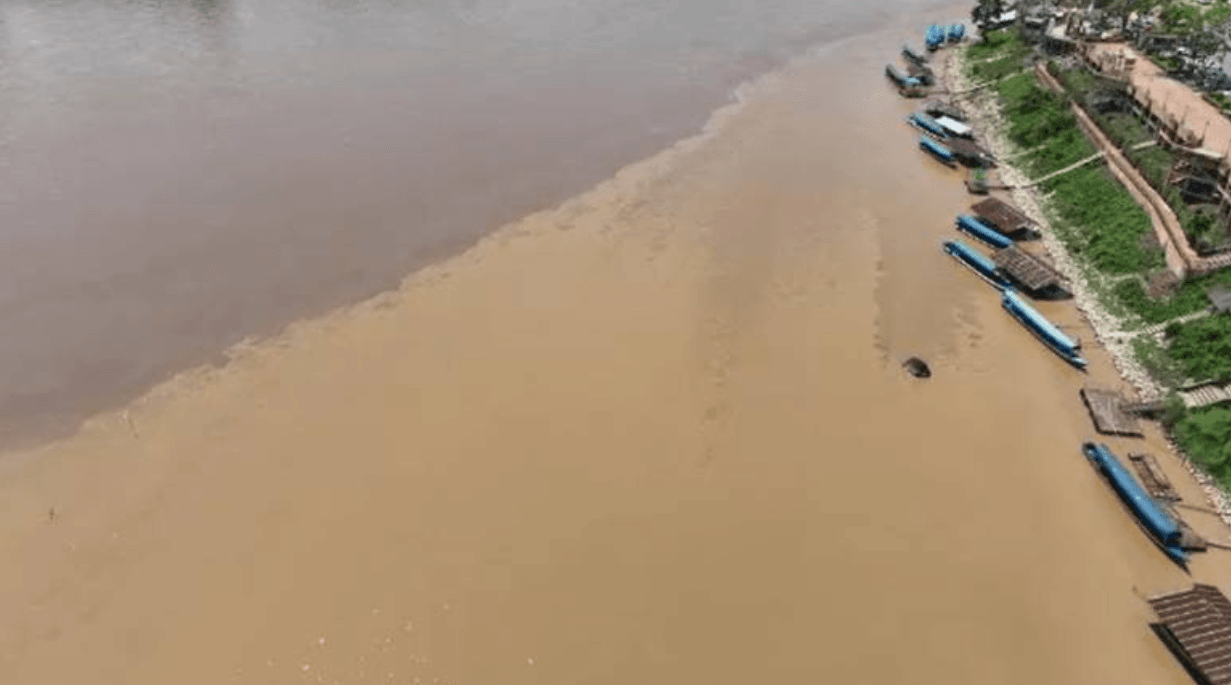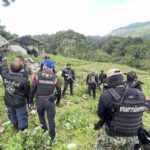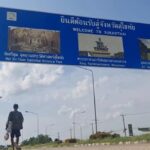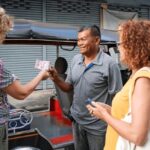CHIANG RAI – The Mekong Learning Centre in Chiang Khong, Chiang Rai, the Kok River Flood Data Network and the Community & Highland Development Foundation hosted a training session on flood preparedness for seven riverside communities along the Kok River.
Niwat Roykaew, known locally as “Kru Tee,” heads the Love Chiang Khong Group. He explained that heavy metal pollution in the Mekong is now a serious problem, made worse by upstream mining in Myanmar.
The Learning Centre has been working with youth and locals, testing water quality in the Mekong from Sop Ruak, Chiang Saen, Chiang Khong, and Muang Chiang Rai.
Kru Tee said the government still handles issues in the same old way, often making them seem less severe and promising to fix them alone. He stressed the need for real involvement from both the public and experts.
“Our team has been monitoring water levels and sediment in the Mekong. Now, with heavy metal contamination, this is the biggest problem we’ve faced. How much does the government actually care?” Kru Tee asked.
Phra Mahanikom, assistant abbot at Thaton Temple in Mae Ai, shared his experience travelling from the Kok River’s start to where it joins the Mekong. He called himself a “child of the Kok” and said many people are struggling but refuse to give up.
They’re working together not just for themselves, but for future generations to live in a safe environment. Even if they don’t see success in their time, they’re committed to keeping up the effort.
Takeo Toyota, advisor to the project, taught locals how to measure river levels. If the Kok’s level at Ban Rom Thai rises to five metres, they use a LINE group to warn each other. This network helps people respond to floods, which have affected everyone along the river.
Representatives from all seven communities recalled the floods and landslides in September last year. Many villages faced destruction they’d never seen before. People are worried about the coming rainy season, but building a strong support network has given them hope.
Tosaporn Samnorwong, deputy village head at Ban Rom Thai, described how Typhoon Yagi brought a flash flood that raised water by 20 centimetres in just one hour. Some villagers didn’t believe a flood would come, so they didn’t move their things in time.
The water swept away land and homes. One local even died of heartbreak afterwards. Despite this, everyone pulled together to help.
A member of the local council in Ban Ja Khue reported that the 2024 Kok River flood was unlike anything before. Government warnings to move belongings to higher ground did little when water reached rooftops. People couldn’t save their things. Roads and phone lines were cut off, and mud covered everything once the water went down, taking months to clean up. Being part of the network now helps everyone prepare and share information.
In the group discussion, residents voiced concerns that this year’s floods might be worse and that contamination from heavy metals like arsenic, mercury, and cadmium adds more risk.
These pollutants wash down from over 40 mining sites in Myanmar, but no one knows exactly what’s being mined, what chemicals are used, or how waste is managed.
All seven Kok River communities agreed they can’t keep waiting for slow and unclear government help. People still rely on the river, but it’s not safe to drink, fish, or farm near it. Locals feel they must support each other as much as possible.
Montree Jantawong, from the Mekong Freedom Group, demonstrated how to check sediment levels with community reps from eight Mekong provinces. They found that water from the Kok River has arsenic levels above safety standards.
Montree explained that in the past, they could simply walk into the river to take samples, but that’s no longer safe due to pollution.
Community members called for an immediate stop to unsafe mining practices, along with a reliable, community-based alert system for disasters. They want the government to take responsibility for health and pollution issues that could spread far from the riverbanks.
Montree warned that if nothing changes, the damage from toxic contamination could leave a permanent scar on the river and its people.
















